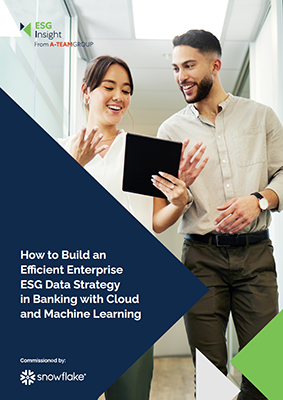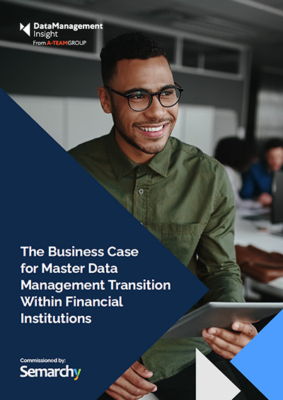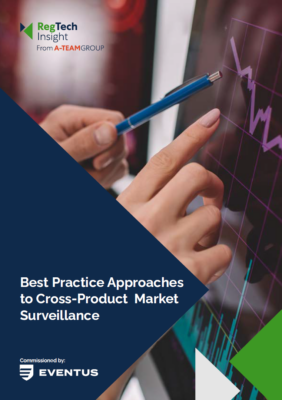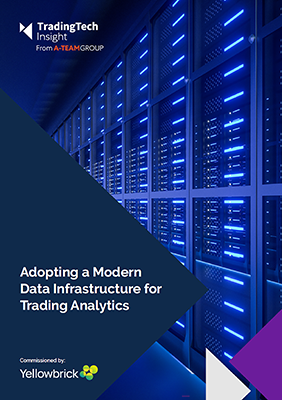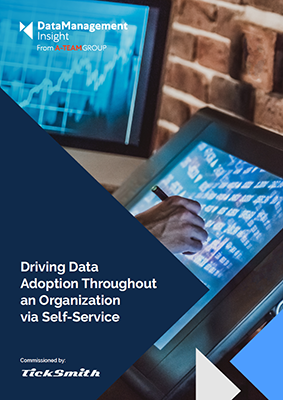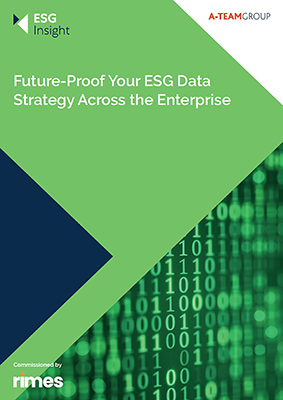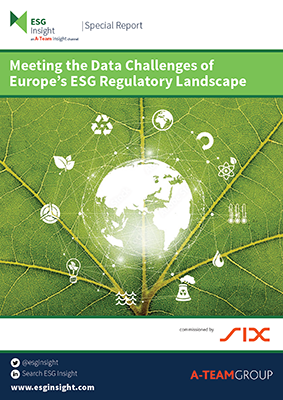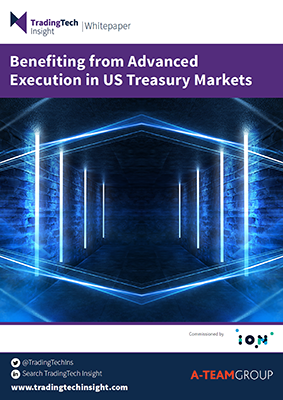A-Team Insight White Paper
How to Build an Efficient Enterprise ESG Data Strategy in Banking with Cloud and Machine Learning
ESG investing is now integral to financial institutions’ activities, motivated by client demands for sustainable investment options, regulatory obligations and a growing cultural shift towards ensuring that capital is allocated in order to do better for the planet and the people on it. Data is the magic dust that is enabling the translation of that...
The Business Case for Master Data Management Transition Within Financial Institutions
Master data management ensures the creation of a “single source of truth” of information for banks and financial institutions that not only provides that the data remains intact but also makes it available and useable across the entire enterprise. Once the information foundation of golden data is established with MDM, the data can be used...
Achieving a 360-degree View of Risk with Data-Driven Insights and Strategies
Technology and data have reached a level of sophistication that is enabling financial institutions to calculate and manage the risks to which their activities and investments are exposed. Leveraging the two, however, is a challenge; if the data isn’t properly managed, the technology that identifies patterns and insights may be unable to operate optimally. One...
Best Practice Approaches to Cross-Product Market Surveillance
As perpetrators of financial crime become more sophisticated, regulators worldwide are focusing more of their efforts on cross-product and cross-market manipulation, as evidenced by a growing number of high-profile prosecutions. Led by the UK’s FSA and the EU’s ESMA, regulators in key global markets are targeting sophisticated operators, whose cross-product activities typically involve are able...
Adopting a Modern Data Infrastructure for Trading Analytics
As they seek an edge in their trading and investment activities, hedge funds and other sophisticated trading firms are looking to harness new sources of insight that can allow them to identify and exploit emerging market and industry opportunities. But many organizations are saddled with a disconnected sprawl of legacy systems that are unable to...
Driving Data Adoption Throughout an Organization via Self-Service
Financial institutions and corporations across the board are seeing value in the data sets they generate through their business activities. But harnessing this data to provide valuable insights for internal business teams can be a challenge. One approach is to adopt a self-serve data delivery model that empowers consumers and ensures they get access to...
Future-Proof Your ESG Data Strategy Across the Enterprise
ESG data is now as important to financial institutions as traditional price and reference data. Ensuring that data is accurate and consistent is critical so that can deploy it in their portfolio and risk management strategies as well as regulatory reporting systems. But ESG data is unlike that they would be used to. It’s often...
Creating an Enterprise-Wide Data Fabric to Underpin Digital Transformation in Capital Markets
As they seek to adopt a data-driven approach to their business operations across the enterprise, capital markets firms need to put in place a common data fabric that embeds their single view of the truth, and to underpin analytics, reporting and regulatory processes. But legacy data systems often are not fit for purpose; often fragmented...
Meeting the Data Challenges of Europe’s ESG Regulatory Landscape
The European Union’s ESG reporting regulations continue to evolve and represent the biggest recognition yet by any international authority of the role that financial institutions will play in the climate transition. The Sustainable Finance Disclosure Regulation (SFDR), the EU Taxonomy, the Non-Financial Reporting Directive (NFRD) and the Corporate Sustainability Reporting Directive (CSDR) are intended to...
Benefiting from Advanced Execution in US Treasury Markets
The expanded footprint of electronic non-bank liquidity providers (NLPs) and established broker/dealers, as well as the proliferation of electronic aggregation platforms, are all adding complexity to fixed-income markets, which as a result are starting to resemble established electronic markets like equities and foreign exchange. For market participants, this has added to the challenge of sourcing...

